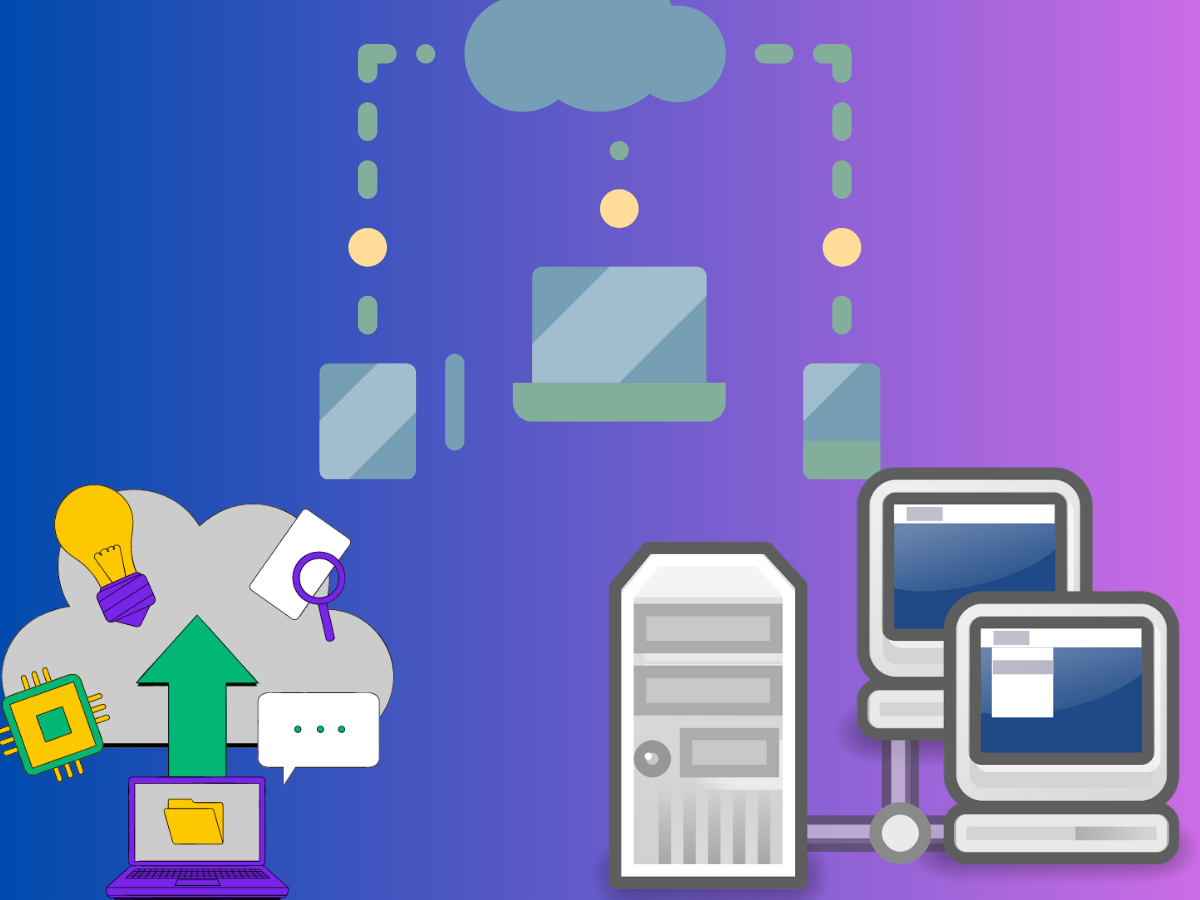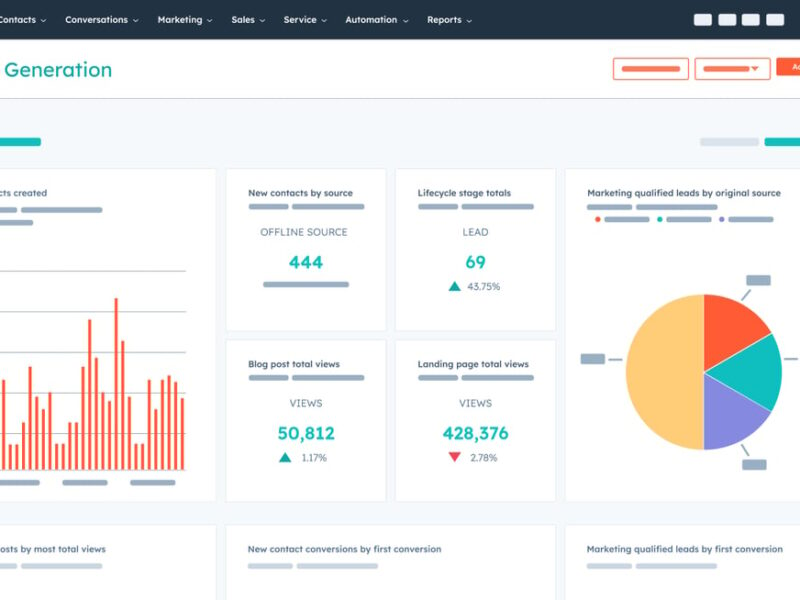Currently, it is common to hear about organizations moving to the cloud in order to cut on expenses and improve efficiency. Due to the increase in cloud subscription, there is a necessity for a reliable cloud management software. It all comes down to the question of how to choose the right cloud management software in a sea of choices. It is now time to take a closer look at the best cloud management software of 2024 and what makes them the best.
Why Cloud Management Software?
Before we delve into the best tools, it is essential to comprehend why cloud management software is vital. The administration of cloud services is not easy as it requires tasks such as service creation, monitoring, protection, and alteration of the cloud services. These are made easier by cloud management software which provides a central point of management of your cloud environment to guarantee efficiency, costs, and security.
1. AWS CloudFormation
AWS CloudFormation is an Amazon Web Service tool that enables you to describe and provision your AWS resources in simple code. This Infrastructure as Code (IaC) service helps you provision and manage a group of associated AWS resources to facilitate the automation of infrastructure and its deployment.
Key Features:
- Templates: Describe your infrastructure and resources in JSON or YAML as code.
- Automation: Automatically create and control your resources on the go.
- Scalability: Scale up or down very easily.
- Integration: Interfaces well with other services that are provided by the AWS.
Why Choose AWS CloudFormation?
If you have a large number of resources on AWS and are a frequent user of this platform, CloudFormation should be used without fail. It is very tightly connected to AWS services and capable of fully automating infrastructure management making it an essential tool for any AWS-focused cloud planning.
2. Microsoft Azure Management Tools
Microsoft Azure provides a particular group of tools aimed at making the management of your cloud resources as straightforward as possible. Some of the Azure management tools include Azure Resource Manager (ARM), Azure Automation and Azure Monitor that offers different features to help manage your Azure environment.
Key Features:
- Resource Manager: This would involve the coordination and administration of resources based on declarative templates.
- Automation: Use run books and work flows to automate tasks.
- Monitoring: Get a bird’s eye view of your applications with detailed monitoring.
Why to Choose Microsoft Azure Management Tools?
To organizations that are invested heavily in Microsoft products and services, Azure’s management tools are second to none. Regardless of whether you need to improve the efficiency of existing processes or get more detailed information on the applications you use, Azure has you covered.
3. Google Cloud Deployment Manager
Google Cloud Deployment Manager is a flexible solution that lets you manage the resources of GCP with the help of templates. It supports a variety of services; it allows you to create definitions for your structures in code and perform deployments.
Key Features:
- Templates: You can use YAML or you can use Python or you can even use Jinja2 templates for the definition of your infrastructure.
- Version Control: Keep records of the configurations and the various versions that may be available.
- Automation: Proactively manage the resources through the use of automation in the provision of the resources.
Google Cloud Deployment Manager: Why Choose It?
If you use GCP for your organization, Deployment Manager is a solid solution to manage your infrastructure. It is highly flexible and versatile due to its template-based approach and capability of working with multiple languages for cloud management.
4. VMware vRealize Suite
vRealize Suite is an integrated software suite that is developed by VMware and used for cloud management of hybrid and multi-cloud. It provides tools for automation, operations, log analytics, and many others, so you remain the master of your cloud resources.
Key Features:
- Automation: Promote the use of IT automation in the provision of its services and processes.
- Operations Management: Get the details and the transparency of your cloud infrastructure.
- Cost Management: Manage costs through cost accounting and reporting to ensure that costs are kept at the lowest possible level.
Hence, why should one choose VMware vRealize Suite?
For organizations that use both on-premises and multiple clouds, vRealize Suite is a single solution that will allow managing resources across multiple clouds. Due to the large number of features and flexibility it provides, it is the most suitable to complex cloud environments.
5. Red Hat CloudForms
Red Hat CloudForms is the open source cloud management platform that offers a full set of management tools for hybrid clouds. It works with several cloud vendors such as AWS, MS Azure, GCP, and on-premise servers as well.
Key Features:
- Multi-Cloud Management: Expand management of resources to be implemented across various cloud providers.
- Automation: It is vital to automate most of the provisioning, configuration and management processes.
- Policy Enforcement: Ensure that policies put in place are complied with and enforced to meet the standards of compliance and governance.
Why Red Hat CloudForms?
If you are seeking an open source tool that can work well on various cloud environments then CloudForms can be a great option for you. Due to its capability of managing and even enforcing policies within these hybrid systems, it is an excellent and robust tool for managing cloud resources.
6. HashiCorp Terraform
Terraform is an open-source IaC tool that is used globally to describe and provision services in multiple cloud platforms at once. Some of the features of the tool include, the declarative language used in defining the infrastructure as code, which can easily be version controlled and reused.
Key Features:
- Multi-Cloud Support: Allocate resources as local, distributed, public cloud, private cloud, AWS, Azure, GCP, and many others.
- Modularity: Use modules to reuse and share those configurations that are to be used again and again.
- State Management: Monitor the conditions of your structures to be in compliance with the state.
Why Choose HashiCorp Terraform?
The support of multiple cloud providers is one of the Terraform’s biggest strengths since many organizations have resources in several clouds. This makes it easier to manage since you can notice the state of your infrastructure and replicate it easily.
Conclusion
The decision of which management software to use depends on the requirements you have and the cloud providers you work with. Among AWS CloudFormation, Microsoft Azure Management Tools, Google Cloud Deployment Manager, VMware vRealize Suite, Red Hat CloudForms, and HashiCorp Terraform, each has its own features and capabilities to properly manage the cloud infrastructure.
In this case, selecting the proper cloud management software will go a long way in enhancing your business’s functionality while at the same time cutting down on your expenses. When using these options, ensure that the tools fit into your organization’s needs and cloud goals or plan. With the aid of the right software, the cloud can be the driver for the business success that it is meant to be.



